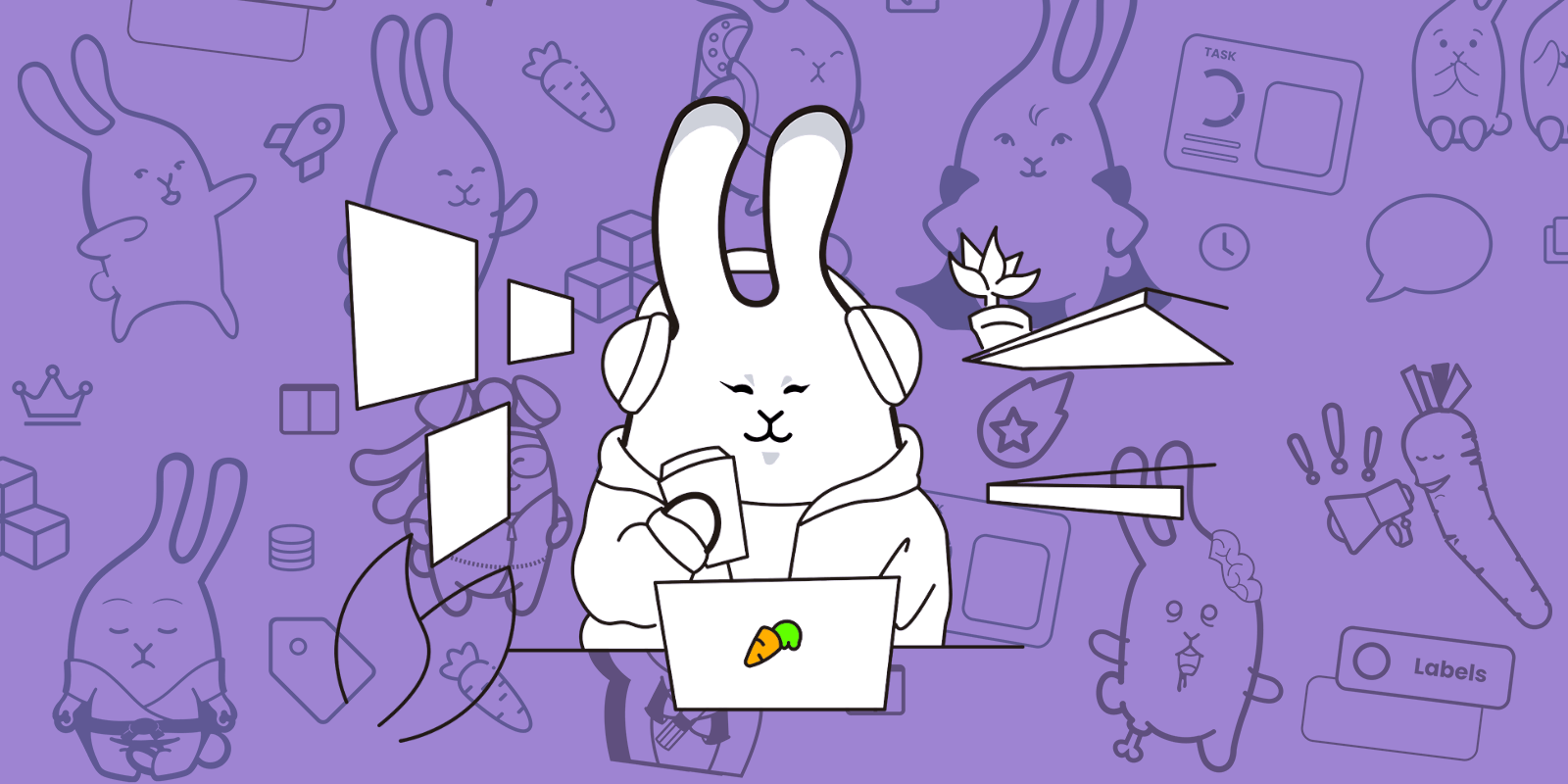
Leveraging User Stories for Optimal Digital Project Management
As a project manager, you know that creating user stories is a critical part of developing a digital service. User stories are a way to describe the features that a user will need in the final product and are an essential tool for agile software development. In this article, we will explore why user stories are so important and how they can be optimized for use in your digital agency.

A user story is a description of a feature that a user will need in a digital service. It is usually written in informal, non-technical language and is meant to be easily understood by both technical and non-technical team members. The purpose of a user story is to provide a clear and concise understanding of what the user needs and why they need it. This information is then used by the development team to build the necessary features into the digital service.
One of the key benefits of using user stories is that they help to bridge the gap between the user and the development team. User stories are written from the user’s perspective, which allows the development team to understand the user’s needs and priorities. This understanding is essential for building a digital service that meets the user’s needs and provides a positive user experience.

User stories are also a flexible and adaptable tool that can be used throughout the entire development process. They can be written and updated as requirements change, ensuring that the digital service remains aligned with the user’s needs. This flexibility is critical for agile software development, as it allows the development team to respond quickly to changing requirements and prioritize their work accordingly.
Another benefit of using user stories is that they help to keep the project focused on delivering value to the user. By breaking down the user’s needs into small, manageable increments, the development team can focus on delivering high-value features first. This helps to ensure that the digital service is delivered on time and within budget, while still meeting the user’s needs.

In a digital agency, user stories are also a valuable tool for working with clients. By providing clear and concise descriptions of the features that a user will need, user stories can help to ensure that the client is fully informed and involved in the development process. This collaboration between the development team and the client can help to build trust and improve the overall relationship between the two parties.
To maximize the benefits of user stories in your digital agency, it’s essential to optimize their use. Here are some tips for doing just that:
- Keep user stories simple and easy to understand. Write them in a language that can be easily understood by both technical and non-technical team members.
- Prioritize user stories based on their importance to the user. This will help to ensure that the development team is delivering the most valuable features first.
- Use user stories to drive collaboration between the development team and the client. Encourage the client to provide feedback and input on the user stories, which will help to ensure that the final digital service meets their needs.
- Keep user stories up-to-date and flexible. Update them as requirements change, and be prepared to adapt to new requirements as they arise.

In conclusion, user stories are an essential tool for project managers in the digital agency. They help to bridge the gap between the user and the development team, keep the project focused on delivering value to the user, and provide a valuable tool for working with clients. By optimizing their use, project managers can ensure that their digital projects are delivered on time and within budget, while still meeting the user’s needs.